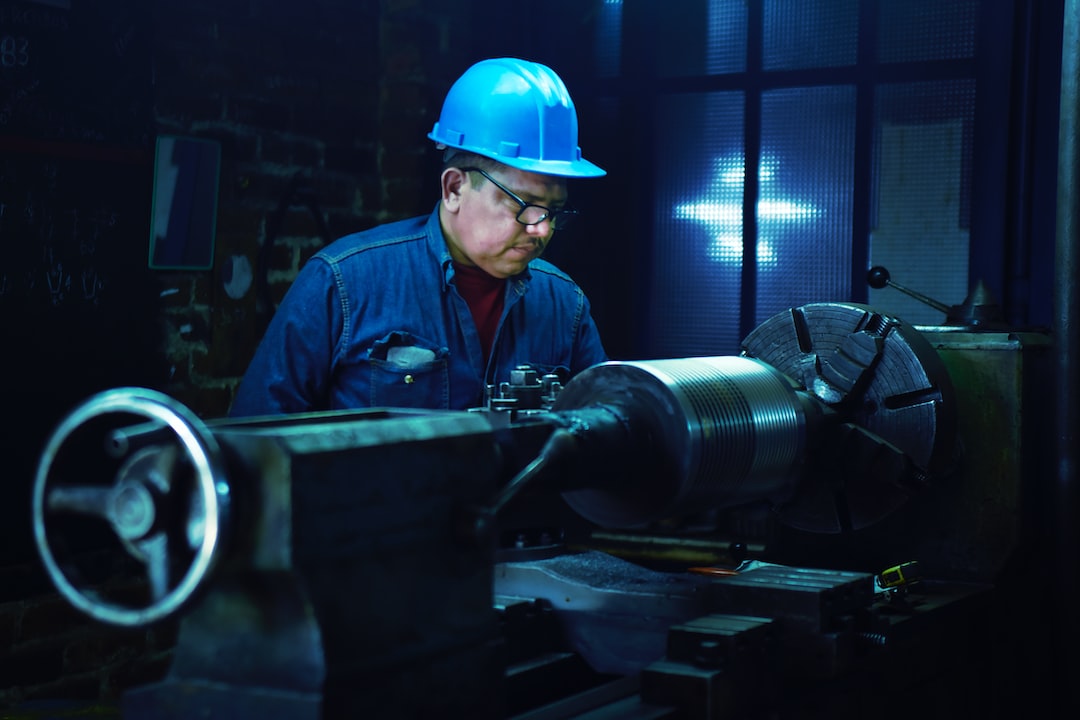The Rise of Collaborative Robots (Cobots) in Manufacturing Assembly Lines
In recent years, there has been a significant rise in the use of collaborative robots, or cobots, in manufacturing assembly lines. These robots have revolutionized the way industries operate, providing a safer and more efficient working environment. With advancements in technology and artificial intelligence, cobots have become an invaluable asset in the manufacturing industry.
What are Collaborative Robots?
Collaborative robots are designed to work alongside humans, assisting them in various tasks on the assembly line. Unlike traditional industrial robots, cobots are equipped with advanced sensors and programming, which allows them to interact safely with human workers. They are designed to be easily programmable and flexible in their applications, making them adaptable to various manufacturing processes.
The Advantages of Cobots
Cobots offer numerous advantages that have contributed to their popularity in the manufacturing industry. One of the key benefits is improved safety. Traditional industrial robots often require safety barriers or cages to prevent accidents. However, cobots are designed to operate in close proximity to humans, minimizing the risk of injury. These collaborative robots are equipped with sensors that detect human presence and can immediately adjust their movements to avoid collisions.
Another advantage of cobots is their adaptability. Unlike traditional robots, which are often dedicated to a specific task, cobots can be easily reprogrammed to perform different tasks on the assembly line. This flexibility allows manufacturers to optimize their production processes and respond to changing market demands more efficiently. Additionally, cobots can be easily integrated into existing systems, reducing the need for major modifications or investments in infrastructure.
Moreover, cobots increase productivity and efficiency. They are capable of working alongside human workers, assisting them in repetitive or physically demanding tasks. By relieving workers from these tedious duties, companies can reduce the risk of worker fatigue and improve overall productivity. The ability of cobots to work continuously, without the need for breaks or rest, ensures consistent output and minimizes costly production delays.
Collaboration Between Humans and Cobots
The increasing use of cobots has changed the dynamics of the manufacturing industry. Rather than replacing human workers, cobots are designed to collaborate with them, complementing their skills and capabilities. This collaboration enables workers to focus on higher-value tasks that require creativity, problem-solving, and decision-making abilities. Cobots, on the other hand, handle repetitive and monotonous tasks, reducing the risk of human error and improving overall efficiency.
To facilitate effective collaboration, cobots are designed to be user-friendly. They are equipped with intuitive interfaces and programming tools that require minimal training for operators. This adaptability allows workers to quickly learn and program cobots, ensuring seamless integration into the assembly line.
Challenges and Future Outlook
While cobots offer many advantages, there are still challenges to overcome. One of the key challenges is the cost of implementation. Cobots can require significant investment, particularly for small and medium-sized businesses. However, as technology advances and demand for cobots grows, the cost is expected to decrease, making them more accessible to a wider range of manufacturers.
Additionally, there is a need for increased collaboration between cobots from different manufacturers. Standardization of communication protocols and interfaces would enable seamless integration of cobots from different manufacturers, allowing for a more efficient and cohesive working environment.
Looking ahead, the future of cobots in manufacturing assembly lines is promising. With ongoing advancements in technology, cobots are becoming more intelligent and autonomous. They are being equipped with advanced AI capabilities, allowing them to learn and adapt to different tasks and manufacturing processes. This continual improvement ensures that cobots will play a vital role in enhancing productivity, efficiency, and safety in the manufacturing industry.
In conclusion, the rise of cobots in manufacturing assembly lines has revolutionized the industry. These collaborative robots offer numerous benefits, including improved safety, adaptability, and increased productivity. Through collaboration with human workers, cobots have transformed the dynamics of the manufacturing industry, maximizing the potential of both humans and robots. While challenges remain, the future of cobots in manufacturing looks promising, ensuring a more efficient, productive, and safe working environment.

